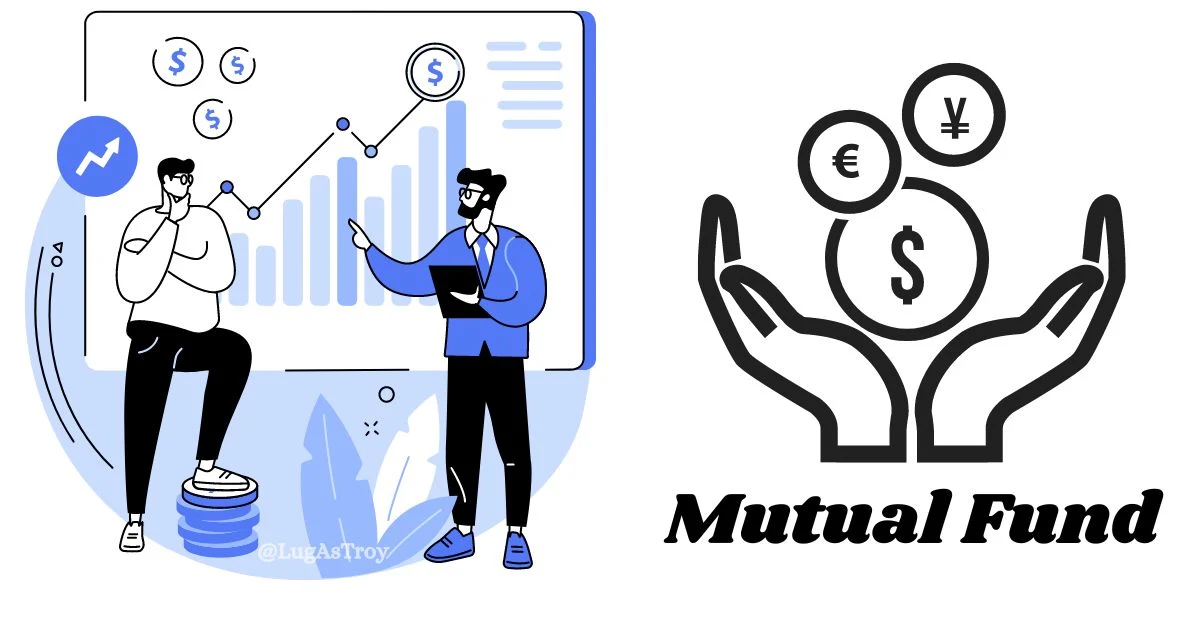 |
| @LugAsTroy |
SBI Mutual Fund has launched a new fund, the SBI NIFTY50 Equal Weight Index Fund, offering investors a unique twist on traditional NIFTY 50 index funds. This fund prioritizes balanced diversification, aiming for broad-based growth across all large-cap stocks instead of concentrating on a few market leaders.
Equal Weighting: Unlike traditional NIFTY 50 funds, each of the 50 largest Indian companies receives equal weightage, reducing dependence on individual performance and mitigating risks associated with overexposure to any single stock.
Balanced Growth Potential: By spreading investments across all companies, the fund seeks to capture growth opportunities across various sectors, potentially stabilizing returns compared to funds heavily influenced by a few top performers.
Lower Costs: As a passively managed index fund, the SBI NIFTY50 Equal Weight Index Fund boasts lower expense ratios than actively managed funds.
Investment Details:
• New Fund Offer (NFO) Open: January 16, 2024
• NFO Closing Date: January 29, 2024
• Minimum Investment: Rs. 5,000 (and in multiples of Re. 1 thereafter)
• Systematic Investment Plans (SIPs) Available: Daily, weekly, monthly, quarterly, semi-annual, and annual options
"This fund is a smart-beta strategy for investors seeking balanced diversification and broad-based growth from all NIFTY50 companies, passively and at a lower cost," says Shamsher Singh, MD & CEO of SBI Funds Management.
Remember: The NFO closes on January 29, 2024. If you're interested in this balanced approach to large-cap investing, consider consulting your financial advisor for further guidance.
Portfolio Allocation Explained
This scheme invests most of its assets (between 95% and 100%) in stocks that are part of the NIFTY50 Equal Weight Index. This means the scheme holds a basket of stocks, each representing an equal portion of the index.
This approach aims to provide broader market exposure and reduce dependence on any single stock.
Here's a breakdown of the scheme's investments:
| Asset Class | Minimum Percentage | Maximum Percentage |
| NIFTY50 Equal Weight Index Stocks | 95% | 100% |
| Equity Derivatives or Government Securities (G-Secs, SDLs, Treasury Bills, etc.) | 0% | 5% |
Up to 5% of the scheme's assets can be invested in:
Equity derivatives: These are financial instruments whose value is linked to the underlying stock price. They can be used to manage risk or enhance returns.
Government securities: These are low-risk investments issued by the Indian government, offering stable returns.
State development loans: These are issued by state governments for infrastructure development projects. They offer higher returns than G-Secs but with slightly higher risk.
Treasury bills: These are short-term government securities with maturities of less than one year. They offer high liquidity and safety.
The specific types of permitted government securities and other instruments may vary over time, as determined by the Reserve Bank of India. The scheme may also invest in triparty repo agreements and units of liquid mutual funds.
This scheme focuses on providing exposure to the NIFTY50 Equal Weight Index with a small portion allocated to potentially higher-return or lower-risk investments.
Why Consider SBI NIFTY50 Equal Weight Index Fund
Reduces Bias: This fund aims to address the issue of bias in traditional market-cap-weighted indices like NIFTY50. In such indices, large companies or sectors can significantly influence the index's performance. This fund, however, gives equal weight to all 50 companies in the NIFTY50, leading to a more balanced representation.
Passive Management: This fund is passively managed, meaning it simply tracks the NIFTY50 Equal Weight Index. This approach minimizes tracking error, ensuring the fund's performance closely mirrors the index. Additionally, passive management typically leads to lower expense ratios compared to actively managed funds.
Outperformance Potential: Historically, NIFTY50 Equal Weight Index funds have outperformed their traditional counterparts. Over the past year, they delivered nearly 32% returns compared to 22% for NIFTY50 index funds. Similarly, over three years, the returns were around 22% versus 15% for NIFTY50 funds.
Important Note: Past performance is not necessarily indicative of future results. While this fund has shown promising results, it's crucial to consider your individual risk tolerance and investment goals before making any investment decisions.
Remember: This information is for general understanding only and should not be considered financial advice. Consult with a qualified financial advisor before investing.